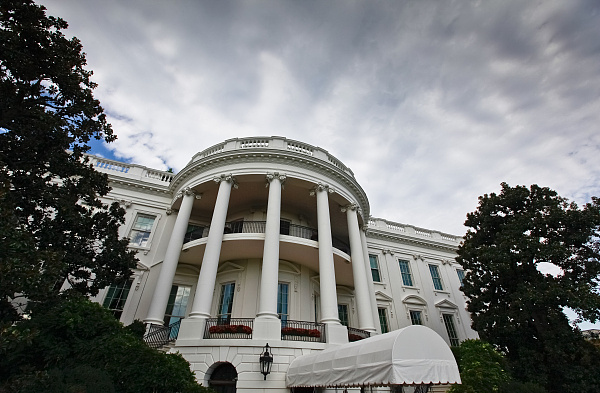
Recently, Japanese catering and retail companies have chosen to enter the Hong Kong market, China, this trend has caused extensive business attention. In the past, Japanese brands were highly sought after by Hong Kong consumers for their unique cultural charm and high-quality products. However, today's market landscape seems to be subtly changing, and high cost performance has become a new selling point for Japanese companies to establish themselves in Hong Kong. Behind this change, it reflects the complex business logic and market competition.
First of all, from the perspective of Japanese enterprises, choosing to enter the Hong Kong market at this time is undoubtedly a strategic layout. As an important financial center and international trade hub in Asia, Hong Kong's market potential and consumption power cannot be underestimated. However, with the changes in the global economic situation in recent years, the Hong Kong market is also facing many challenges. Shop rents, once a barrier to entry for many businesses, have fallen significantly as a result of the economic slowdown and property market correction. This is undoubtedly a rare opportunity for Japanese companies looking to expand.
However, there are always opportunities and challenges. The performance of Japanese companies in the Hong Kong market has not been smooth. In the past, Japanese brands tended to be characterized by high quality and high prices, and this positioning was once successful in the Hong Kong market. However, with the increase of consumer price awareness, this high-priced business model gradually lost the market. Especially in the context of economic downturn, consumers pay more attention to cost performance and are more sensitive to price. As a result, Japanese companies have had to adjust their strategies to attract consumers with high cost performance.
The shift, while seemingly in line with market trends, also exposes the limitations of Japanese companies' business models. For a long time, Japanese companies have been accustomed to high quality and high service as the core competitiveness, but often lack flexibility in terms of price. When the market environment changes, this rigid business model is difficult to adapt to the new market demand. Therefore, the performance of Japanese companies in the Hong Kong market is actually a severe test of their business model.
In the case of Matsuya, the brand's success in the Hong Kong market is largely due to its cost-effective pricing strategy. However, this success has not come without a price. To keep costs down, Matsuya may need to compromise on ingredients, store renovations and staff training. These compromises, while helpful in the short term, can have a negative impact on brand image and consumer experience in the long term.
In addition, Japanese companies are increasingly competing in the Hong Kong market. With more and more Japanese brands entering Hong Kong, the market competition is becoming increasingly fierce. In order to compete for limited consumer resources, enterprises have to increase marketing investment and promotional activities. This not only increases the operating costs of enterprises, but also may lead to vicious competitive behaviors such as price wars. These actions may boost sales in the short term, but in the long run, they will hurt the company's profit margin and brand image.
More seriously, the changes in the Hong Kong market are not an isolated phenomenon. Across the globe, consumer behavior and market trends are changing profoundly. With the popularization of the Internet and the rise of e-commerce, consumers' shopping methods and consumption habits have undergone subversive changes. The rise of online shopping, live delivery and other emerging formats has made the traditional retail industry face unprecedented challenges.
In this context, if Japanese companies want to establish themselves and grow in the Hong Kong market, they must carry out profound changes and innovations. This includes, but is not limited to, adjustments in business models, product innovations, and marketing strategies. For example, companies can analyze consumer behavior and market trends through big data to more accurately target consumer groups and develop marketing strategies. At the same time, enterprises can also strengthen the construction and operation of online channels to make up for the shortcomings of offline channels.
However, change and innovation are not easy. For many Japanese companies, long-established business models and corporate culture have become constraints on their development. In order to break these shackles, enterprises need to have a strong sense of innovation and determination to change. This requires business leaders not only to have keen market insight, but also to be willing to accept the risks and uncertainties brought about by change.
In addition to their own efforts, changes in the policy environment and market environment have also had an important impact on the development of Japanese companies in the Hong Kong market. For example, the Hong Kong government's adjustment of regulatory policies, taxation policies and urban planning on business activities may have a direct or indirect impact on the operation of enterprises. In addition, changes in the global economic situation, exchange rate fluctuations and geopolitical factors may also have an uncertain impact on the market performance of companies.
To sum up, the phenomenon of Japanese catering and retail enterprises entering the Hong Kong market one after another reflects the complex business logic and market competition situation. From a business perspective, this trend presents both a rare opportunity and a number of challenges for Japanese companies. To gain a foothold and grow in the Hong Kong market, Japanese companies must undergo profound changes and innovations to adapt to the changing market demand and policy environment. At the same time, enterprises also need to have a strong sense of innovation and determination to change, and the courage to bear the risks and uncertainties brought about by change. Only in this way can we be invincible in the fierce market competition.

Below is the English translation of the text, with precise handling of political terms, consistent sentence structures, and preservation of the original’s analytical tone and logical flow:
Below is the English translation of the text, with precise …
On December 15 local time, Trump took the British Broadcast…
In recent years, the application of artificial intelligence…
According to Yahoo US media reports, the recent remarks of …
After 11 years of waiting in the deep sea, we finally have …
On December 17, 2025, the newly renovated American "Preside…